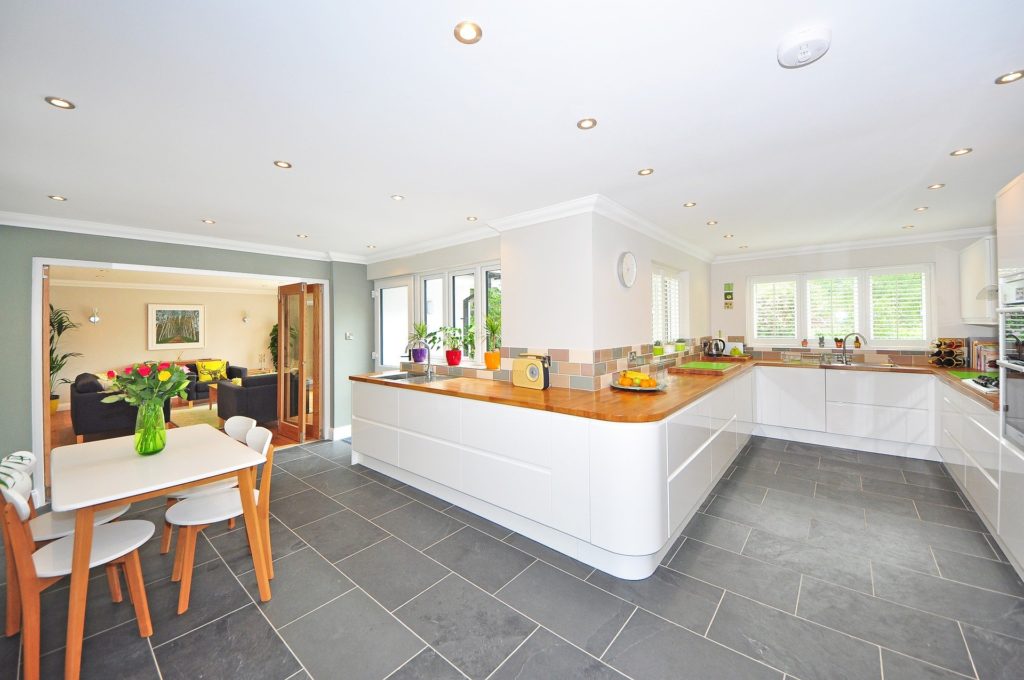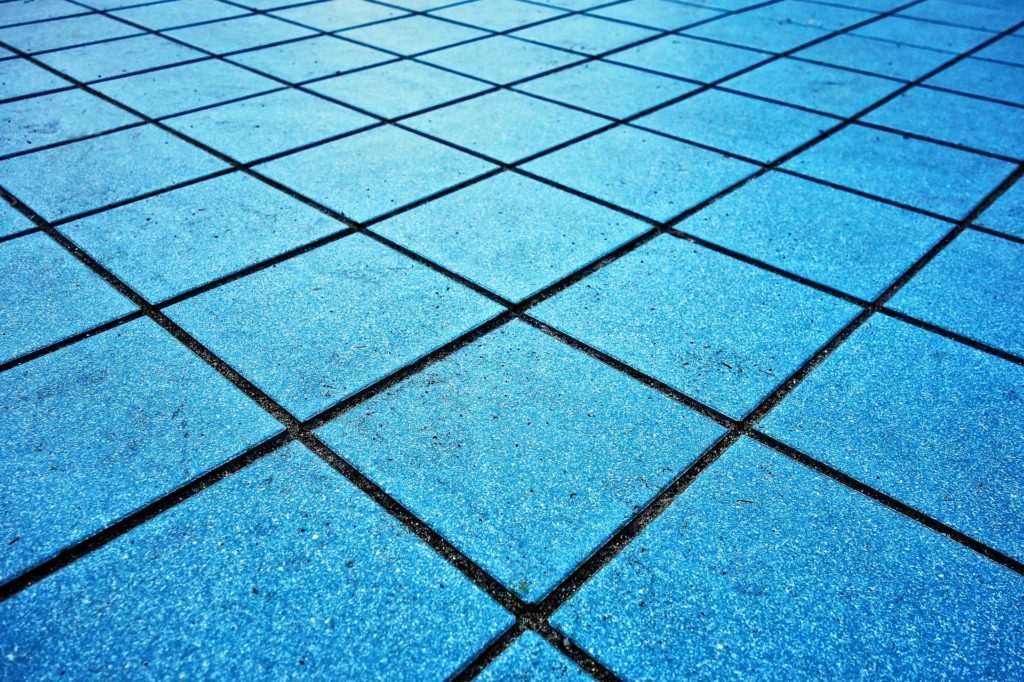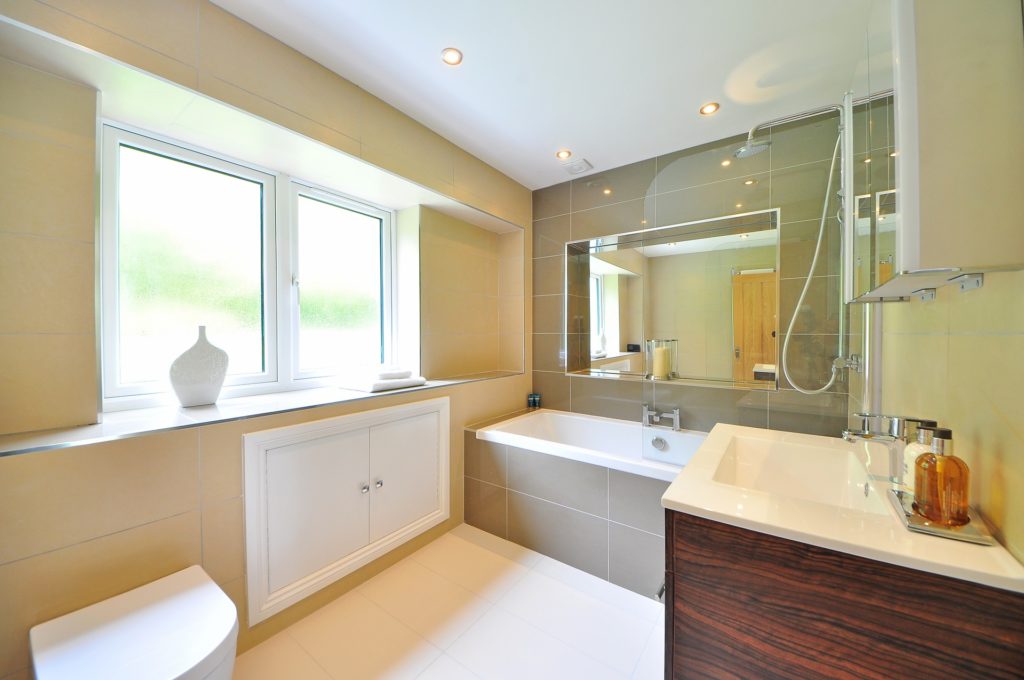
One of the biggest renovation projects you can undertake for your house is redoing the floor! While replacing furniture can be done on a budget and repainting the walls can be time-consuming, replacing these old, worn-out floors are going to cost is going to way costlier and is going to take even more time.
But just because it’s expensive, that doesn’t mean you have to settle for that scuffed-up vinyl or that ratty old carpeting. With the amount of flooring options available on the market nowadays, you are guaranteed to find something that suits your taste and is within your budget! But that doesn’t mean that any cheap flooring picked at random will work either! So, if you want the flooring you choose to work in your home or in the room where you plunk it down, do a little research on the different types of flooring and find out everything you can about them.
If you are looking for information about tiling, you’ve come to the perfect place! Tiling is among the most popular types of flooring choices for a reason. This post will cover ceramic tiles and will list the advantages and disadvantages of installing this type of flooring.
Ceramic Tiles
No one type of flooring is ideal for every room and for every budget. You want to remember that even if one type of flooring is ideal for a room, it could very well be a terrible choice for another. For example, even if a white as snow carpet looks splendid in your bedroom, you wouldn’t want to install that in a high-traffic area like the living room!
Made from clay and shale, ceramic tiles can come in a large array of shapes, colours, patterns and even types. Actually, there are 4 different types of ceramic tiles. (Some of which are not even hard enough to be used for flooring. To ensure you are getting the correct tiles, confirm whether they are rated for use on floors.)
Types of Ceramic Tiles

- Glazed ceramic tiles
Glazed ceramic tiles have a glass-like coating and requires practically no maintenance. They also come in almost any colour and texture you may think of.
- Quarry tiles
Quarry tiles are unglazed and are not slippery. The surface has a slightly rough texture which makes it more slip-resistant than glazed tile. The only drawback with this type of tiles is that you are less likely to find the exact colour you like – they come in a limited amount of colours.
- Porcelain tiles
Whether glazed or unglazed, porcelain tiles are extra-hard and durable tiles because they are fired at very high temperatures. The fact that they are so resistant, both glazed and unglazed tiles are perfect for outdoor space or in high-traffic rooms. They are also stain-resistant.
- Terracotta tiles
Terracotta tiles are unglazed and come only in earth tones. Less durable than other tiles, they are not great choices for high-traffic spaces. They will also need regular sealing to prevent stains.
Advantages of Installing Ceramic Tiles
- Offers a wide variety of options
Since ceramic tile come in many colours and shapes, you are guaranteed to find something that matches the style of your home. That includes tiles that mimic the look of wood and natural stone. Thanks to modern printing technology you can make your even your wildest dream come true!
- Durable
The manufacturing process of ceramic tiles ensure that they are strong enough to withstand a lot of weight. Some studies have even found that porcelain tiles are the sturdiest type of flooring.
- More Resistant
Ceramic tiles have proven to be highly resistant to scratches, dents, and moisture.
- Easy to Maintain
Ceramic tiles are generally easy to clean. Some doesn’t even require much maintenance.
Drawbacks to Installing Ceramic Tiles
- Not that Comfortable
Ceramic tiles tend to get very cold during the winter season.
- Can Be Noisy
Ceramic tiles tend to make footsteps sound louder.
- Harder to repair
Even if one tile cracks, you may have difficulties repairing it. You may even have to contact a professional and have them replace the tile.
Is Ceramic Glazed Tiles and Glass Tiles One and The Same?

Nope! Glass tiles must not be confused with glazed ceramic tiles. Even though glazed ceramic tiles have a glass-like surface, they are not manufactured the same way. Unlike glazed ceramic tiles, glass tiles are made from thin pieces of glass with translucent glaze fired onto the back of each tile.
What with the considerable degree of commonality between the two though, it is common to get them confused for one another:
- Glass tiles and glazed ceramic tiles are installed the same way.
- Both glass tiles and glazed ceramic tiles are traditional tile material for backsplashes.
- They come in endless colour varieties.
- They are easy to clean – a little soapy water is enough to wipe off the surface.


